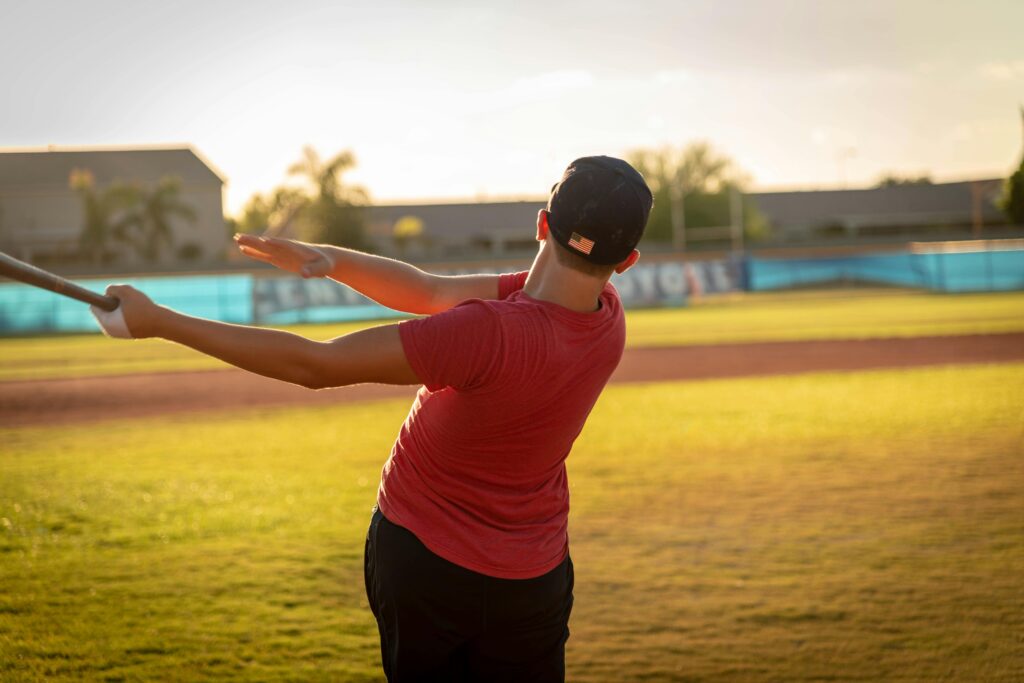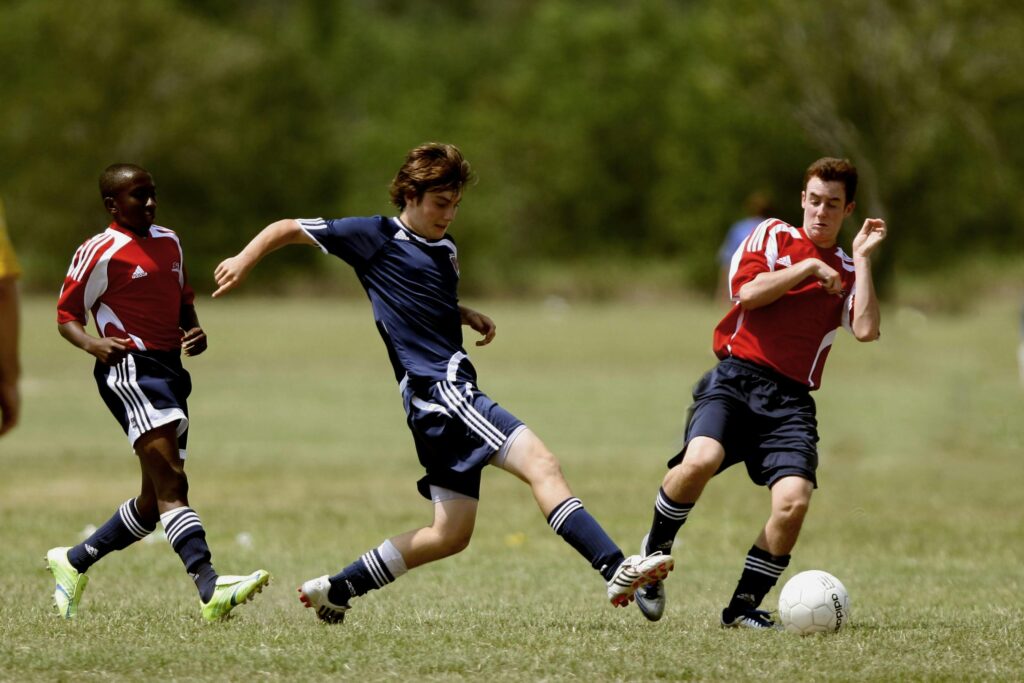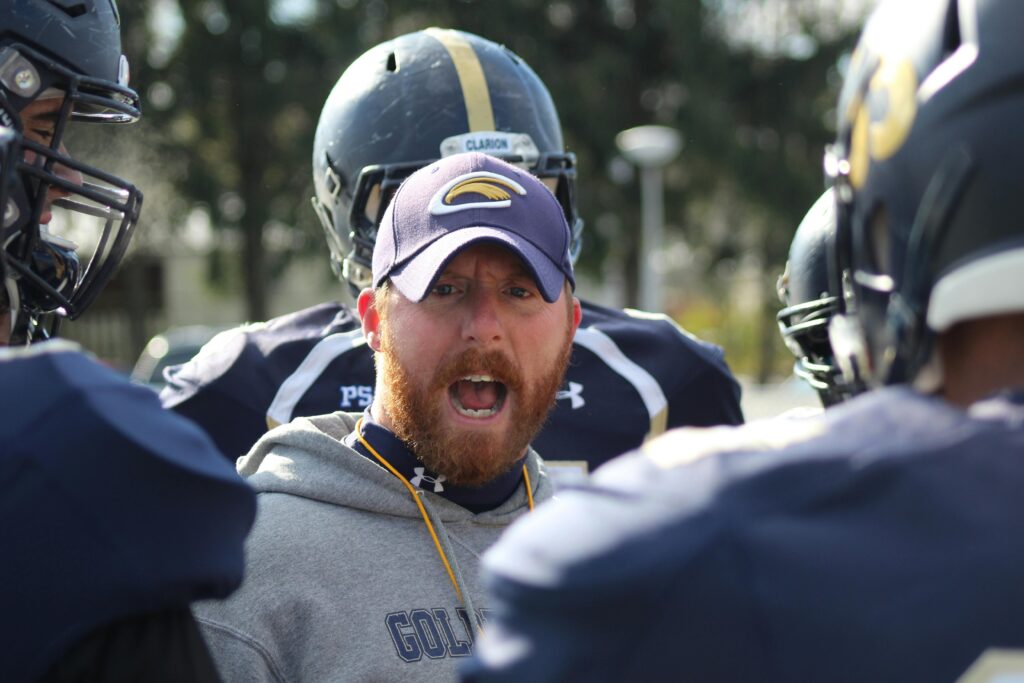The grass is cut, the gear is packed, and a group of eager kids are ready to take the field. If you’re coaching youth baseball this season, that first baseball practice is your chance to build momentum, establish expectations, and make a great first impression. Here’s how to prepare for a smooth and successful start.
1. Know Your Players Before They Show Up
Before stepping onto the field:
- Review your roster: Learn names and ages. Try to understand if you have a mix of returners and brand-new players.
- Reach out to parents: A quick message introducing yourself, sharing the practice time and location, and asking about any allergies, injuries, or experience levels can go a long way.
2. Plan a Simple, Active Baseball Practice
Kids don’t need hours of instruction on day one. They need to move, play, and have fun while getting back into the rhythm of baseball. Keep things fast-paced with little standing around. Here’s a basic 90-minute outline:
- 0–10 min: Warm-up (light jogging, stretching, throwing partners)
- 10–30 min: Catching and throwing basics
- 30–50 min: Hitting stations (tee work, soft toss, etc.)
- 50–70 min: Fielding ground balls and fly balls
- 70–85 min: Fun competition or scrimmage
- 85–90 min: Wrap-up chat with kids and parents
3. Bring the Right Baseball Practice Equipment
Even if your league supplies gear, make sure you bring:
- Baseballs (lots of them!)
- Extra gloves or helmets (just in case)
- Batting tees
- Cones or bases
- Clipboard or printed practice plan
- First-aid kit
- Water cooler or extra bottles
Tip: Label your stuff. It disappears fast once kids get moving.
4. Establish Expectations Early
You don’t need a long speech—just a few clear team values. Something like:
- Be a good teammate
- Hustle and try your best
- Respect coaches, umpires, and each other
Let them know mistakes are okay. This is where learning happens.
5. Focus on Fundamentals, Not Perfection
Even returning players need a refresher on:
- How to properly grip and throw the ball
- How to field a grounder with two hands
- Where to stand in the batter’s box
- How to run through first base
Don’t assume anything. Teach from the ground up—especially at the younger levels.
6. Baseball Practice Should Be Fun
Keep things light, positive, and engaging. Add games like:
- Relay races with gloves or bats
- Home run derby with tennis balls
- Bucket toss (fielding into a bucket for points)
Remember: Kids come back when they enjoy practice.
7. Talk to Parents at the End
Wrap up your first session by:
- Thanking families for showing up
- Explaining what you’ll focus on this season
- Setting expectations for communication, snacks, and support
A quick huddle or follow-up email is all it takes to keep everyone in the loop.
Final Thought: Don’t Overthink It
The first practice is about connection more than perfection. Keep things moving, stay positive, and focus on making kids feel comfortable and excited to play. With the right energy and a little preparation, you’ll lay the groundwork for a fun and successful season.




Pingback: The Complete Youth Baseball Equipment Checklist - youthplaybook.com